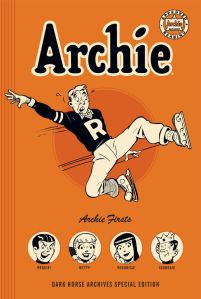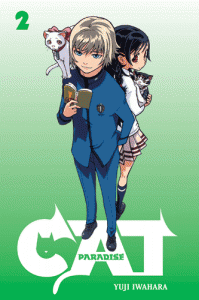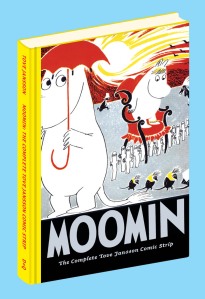I feel vaguely like Tom Sawyer, sitting back and watching other people do my work for me, at least in terms of an evaluation of this week’s ComicList. Instead of hacking out my own rundown of the new arrivals, I’ll simply point out this week’s Manga Bookshelf Pick of the Week post. By now, you all know how I feel about Manga Moveable Feast star Natsume Ono’s Tesoro (Viz), and you’re only a click away from seeing why Melinda Beasi and Kate Dacey share my enthusiasm for new volumes of Takehiko Inoue’s Real and Hisae Iwaoka’s Saturn Apartments.
You’re also only a click away from this week’s round of Bookshelf Briefs. This week’s theme, at least for me, is finding that I quite enjoyed two books in spite of their clear intent to pander to specific audiences that don’t generally include me. (Those would be the second volume of A Certain Scientific Railgun from Seven Seas and the first volume of Mr. Tiger and Mr. Wolf from Digital Manga.)
But wait! There’s more! The Manga Bookshelf Battle Robot also assembled for a new installment of Going Digital, in which I beg iPad users to give Oishinbo a chance.











 It seems to be a week where publishers who’ve had something of a low profile lately deliver some new goods. There are new volumes from
It seems to be a week where publishers who’ve had something of a low profile lately deliver some new goods. There are new volumes from  Of more specific interest to me is
Of more specific interest to me is 
 The pick of the week is the fourth volume of Drawn & Quarterly’s collection of Moomin: The Complete Tove Jansson Comic Strip.
The pick of the week is the fourth volume of Drawn & Quarterly’s collection of Moomin: The Complete Tove Jansson Comic Strip. 